Home>Garden Essentials>How To Grow Goji Berries From Seed
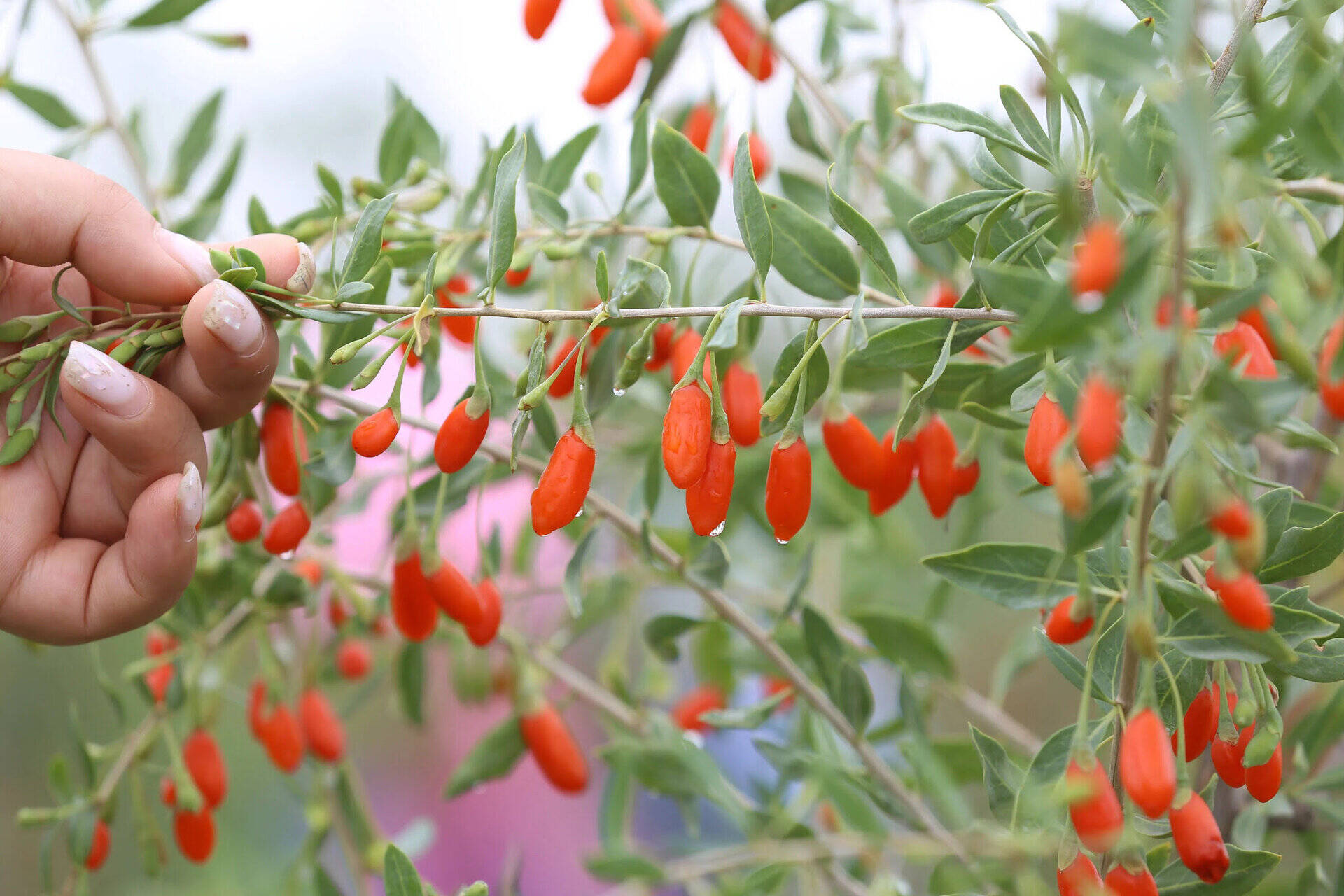

Garden Essentials
How To Grow Goji Berries From Seed
Modified: March 15, 2024
Learn how to grow goji berries from seed in your garden and enjoy the nutritious benefits of these superfood fruits
(Many of the links in this article redirect to a specific reviewed product. Your purchase of these products through affiliate links helps to generate commission for Storables.com, at no extra cost. Learn more)
Introduction
Welcome to the world of gardening where we will take you on a journey to discover the joys of growing your own goji berries! Whether you are an experienced gardener or a beginner, growing goji berries from seed can be a rewarding and fulfilling experience. Goji berries, also known as wolfberries, are packed with antioxidants, vitamins, and minerals, making them a nutritious addition to your diet.
In this comprehensive guide, we will walk you through the step-by-step process of growing goji berries from seed. From obtaining the seeds to harvesting the juicy berries, we will provide you with all the information you need to know to successfully grow this superfood in your garden.
Before we dive into the details, let’s learn a little bit more about these amazing plants. Goji berries are native to China and have been used in traditional medicine for centuries. They belong to the Solanaceae family, which also includes tomatoes, peppers, and potatoes. Goji berry plants are deciduous and can grow up to 10 feet in height, producing vibrant orange-red berries.
Now that you have a basic understanding of goji berries, let’s get started on the journey of growing them from seed. It is important to note that goji berries can take a few years to reach maturity and start producing fruit. However, with patience and proper care, you can enjoy the rewards of your efforts for many years to come.
So roll up your sleeves, get your gardening tools ready, and let’s dig into the world of goji berry cultivation!
Key Takeaways:
- Growing goji berries from seed requires patience, proper soil preparation, and attention to watering and sunlight. With dedication and care, you can enjoy a bountiful harvest of nutritious and delicious berries.
- Protecting goji berry plants from pests and diseases is essential for their long-term health. By implementing organic pest control methods and maintaining plant health, you can ensure a thriving garden.
Read more: How To Store Goji Berries
Step 1: Obtaining Goji Berry Seeds
The first step in growing goji berries from seed is to obtain the seeds themselves. There are a few options available to you when it comes to acquiring goji berry seeds.
Option 1: Purchase Seeds: One of the easiest ways to obtain goji berry seeds is to purchase them from a reputable seed supplier. Look for organic and non-GMO seeds to ensure the highest quality. You can find goji berry seeds online or at local nurseries and gardening centers.
Option 2: Harvest Seeds: If you have access to mature goji berry plants, you can harvest the seeds yourself. Wait until the berries are fully ripe and then remove them from the plant. Wash the berries to remove any pulp, and then allow them to dry completely. Once dry, gently crush the berries to release the seeds.
Option 3: Exchange with Gardeners: Another option is to connect with fellow gardeners or local gardening communities and exchange seeds. This not only provides you with the seeds you need but also gives you the opportunity to share your passion for gardening with others.
Once you have obtained your goji berry seeds, it’s time to move on to the next step: preparing the soil.
Step 2: Preparing the Soil
A healthy and fertile soil is essential for the successful growth of goji berry plants. Before planting your goji berry seeds, spend some time preparing the soil to create an environment that will support their growth.
1. Choose the Right Location: Goji berry plants thrive in full sun but can tolerate partial shade. Choose a location in your garden that receives at least 6-8 hours of direct sunlight each day. Ensure that the area has well-draining soil to prevent waterlogging.
2. Test the Soil: Conduct a soil test to determine its pH level and nutrient content. Goji berries prefer slightly acidic to neutral soil with a pH range of 6.0-7.0. If the soil is too acidic or alkaline, you may need to amend it to create the ideal growing conditions for your plants.
3. Improve the Soil Structure: Goji berries prefer loose, well-draining soil. If your soil is heavy or compacted, you can improve its structure by adding organic matter such as compost or well-rotted manure. This will help with moisture retention and nutrient availability for the plants.
4. Incorporate Nutrients: Goji berry plants benefit from a balanced supply of nutrients. Prior to planting, incorporate a slow-release fertilizer or organic amendments such as bone meal or seaweed meal into the soil. This will provide a nutrient boost to support growth and development.
5. Clear the Area: Remove any weeds or grass from the planting area. Competition from weeds can hinder the growth of young goji berry plants. Clearing the area will also make it easier to monitor and care for your plants as they grow.
Once the soil is prepared, you can move on to the next step: planting the goji berry seeds.
Step 3: Planting the Seeds
Now that you have prepared the soil, it’s time to plant your goji berry seeds. Follow these steps to ensure successful germination and establish healthy plants:
1. Choose the Right Time: The ideal time to plant goji berry seeds is in early spring, after the threat of frost has passed. This will give the seeds a favorable growing environment and allow the plants to establish before the hot summer months.
2. Sow the Seeds: Create shallow rows or furrows in the prepared soil, approximately 1/4 inch deep. Space the rows about 2-3 feet apart to provide enough room for the goji berry plants to grow. Gently place the seeds in the rows, spacing them about 1-2 inches apart.
3. Cover and Water: Once the seeds are in place, cover them with a thin layer of soil, ensuring they are not buried too deeply. Lightly press down on the soil to ensure good seed-to-soil contact. Water the area gently but thoroughly to provide the seeds with the moisture they need to germinate.
4. Maintain Moisture: Keep the soil consistently moist during the germination process. Avoid overwatering, as it can lead to rotting of the seeds or young plants. Use a gentle mist sprayer or watering can to provide a light and even distribution of water.
5. Provide Warmth: Goji berry seeds require warmth to germinate. Maintain a temperature of around 68-77°F (20-25°C) to promote successful seed sprouting. You can use a seedling heat mat or place the planting trays in a warm location for optimal results.
6. Be Patient: Goji berries can take 1-3 weeks to germinate, so be patient during this time. Keep an eye out for the first signs of sprouting, and once the seedlings have emerged, continue to provide them with the care they need to grow strong and healthy.
With the seeds planted and the germination process underway, it’s time to move on to the next step: providing adequate water and sunlight.
Step 4: Providing Adequate Water and Sunlight
Proper watering and sunlight are crucial for the healthy growth and development of goji berry plants. Follow these guidelines to ensure your plants receive the necessary water and sunlight:
1. Watering: Goji berries require regular watering, especially during the early stages of growth. As a general rule, water the plants deeply once or twice a week, allowing the soil to dry out slightly between waterings. Avoid overwatering, as it can cause root rot. Monitor the moisture level of the soil and adjust your watering schedule accordingly.
2. Mulching: Apply a layer of organic mulch, such as straw or wood chips, around the base of the plants. Mulch helps retain moisture in the soil, prevents weed growth, and regulates soil temperature. Be mindful not to cover the stem of the plants with mulch, as it can promote rotting.
3. Sunlight: Goji berries thrive in full sun exposure. Ensure your plants receive at least 6-8 hours of direct sunlight each day. If you live in a hot climate, providing some afternoon shade can help protect the plants from excessive heat stress. Monitor the sun exposure in your garden and adjust the planting location if necessary.
4. Protection from Extreme Weather: Goji berry plants can withstand varying weather conditions, but extreme heat or cold can affect their growth. During heatwaves, provide shade or use shade cloth to protect the plants. Similarly, during frost or freezing temperatures, cover the plants with frost blankets or move potted plants indoors.
5. Regular Monitoring: Keep a close eye on your goji berry plants to ensure they are receiving the right amount of water and sunlight. Check the soil moisture regularly, especially during dry spells, and adjust your watering schedule accordingly. Monitor the plants for any signs of stress or sunburn and take appropriate actions to protect them.
By providing adequate water and sunlight, you are setting the foundation for healthy and productive goji berry plants. Let’s move on to the next step: proper pruning and maintenance.
To grow goji berries from seed, soak the seeds in water for 24 hours, then plant them in well-draining soil and keep them moist. Place the pots in a sunny location and protect the seedlings from strong winds.
Step 5: Proper Pruning and Maintenance
Regular pruning and maintenance are essential for the health and productivity of goji berry plants. Follow these guidelines to ensure proper pruning and maintenance:
1. Prune for Shape and Airflow: In the early years, focus on shaping your goji berry plants by removing any crossing or crowded branches. Prune away any dead or damaged wood, as well as any suckers or shoots emerging from the base of the plant. This will improve airflow and sunlight penetration, reducing the risk of disease and promoting better fruit production.
2. Maintenance Watering: Once goji berry plants are established, they become more drought-tolerant. However, continue to provide regular, deep waterings during extended dry periods, especially when the plants are in flower or producing fruit. Monitor soil moisture levels and adjust your watering schedule accordingly.
3. Fertilizing: Goji berries are moderate feeders and benefit from regular fertilization. Apply a balanced, slow-release fertilizer in early spring as new growth begins. You can also supplement with a side dressing of compost or organic matter to provide additional nutrients throughout the growing season.
4. Supportive Structures: As goji berry plants grow tall and can become top-heavy with fruit, it’s important to provide support structures such as stakes or trellises. This will help keep the plants upright and prevent damage from strong winds or heavy rain. Train the branches to grow along the support as the plants continue to grow.
5. Pest and Disease Management: Monitor your goji berry plants for any signs of pest infestations or disease. Common pests that may affect goji berries include aphids, spider mites, and fruit flies. Employ organic pest control methods such as neem oil or insecticidal soap to manage these pests. Additionally, keep an eye out for signs of fungal diseases such as powdery mildew, and treat with appropriate fungicides if necessary.
6. Harvesting: As your goji berry plants mature, you will start to see small, yellow flowers bloom, which will eventually turn into juicy, red berries. Harvest the berries when they are fully ripened to a vibrant red color. Gently pluck them from the plant and enjoy their fresh or dried form, adding them to smoothies, salads, or granola.
By following these pruning and maintenance practices, you can ensure that your goji berry plants remain healthy and continue to produce abundant fruit. Next, let’s discuss how to protect your plants from pests and diseases.
Step 6: Protecting from Pests and Diseases
Protecting your goji berry plants from pests and diseases is crucial to maintain their health and maximize fruit production. Follow these guidelines to protect your plants:
1. Identify Common Pests: Familiarize yourself with the common pests that can affect goji berry plants. These might include aphids, spider mites, fruit flies, and caterpillars. Regularly inspect your plants for signs of infestation, such as distorted leaves, webbing, or damage to the fruit.
2. Implement Integrated Pest Management (IPM): Instead of relying solely on chemical pesticides, consider implementing an Integrated Pest Management approach. This involves using a combination of preventative measures, such as maintaining plant health and cleanliness, hand-picking pests, and using organic pest control methods when necessary.
3. Companion Planting: Utilize companion planting strategies to naturally repel pests and attract beneficial insects. Plants like marigolds, garlic, and chives can deter pests, while attracting ladybugs, lacewings, and other beneficial insects that prey on garden pests.
4. Regular Monitoring: Regularly inspect your goji berry plants for any signs of disease or stress. Look for symptoms such as yellowing leaves, spots, or wilting. Early detection is key to preventing the spread of diseases and addressing any issues promptly.
5. Disease Prevention: To prevent common fungal diseases such as powdery mildew, ensure proper air circulation around the plants by pruning for good airflow. Avoid overhead watering, as wet foliage can promote the growth of fungal spores. Applying organic fungicides or using preventative sprays can also help protect against diseases.
6. Organic Pest Control: If pest infestations become severe, consider using organic pest control methods such as insecticidal soaps, neem oil, or homemade remedies like garlic or chili pepper sprays. Be sure to follow the instructions on the product labels and apply them during the recommended times.
7. Maintain Plant Health: Healthy plants are better equipped to resist pests and diseases. Provide your goji berry plants with adequate water, sunlight, and nutrition. Take care of their overall well-being by maintaining proper pruning, fertilization, and ensuring they are not stressed due to extreme weather conditions.
By taking proactive measures to protect your goji berry plants from pests and diseases, you can ensure their long-term health and productivity. Now, let’s move on to the final step: harvesting goji berries!
Step 7: Harvesting Goji Berries
Congratulations! After patiently caring for your goji berry plants, it’s time to reap the rewards of your hard work by harvesting the delicious and nutritious berries. Follow these steps to ensure a bountiful harvest:
1. Determine Ripeness: Goji berries are ready to harvest when they have reached a vibrant red color and are plump and juicy. Taste a few berries to ensure they have the desired flavor. Ripe berries are sweet with a slightly tart taste.
2. Gently Pick or Shake: Carefully pick the ripe berries from the plant, gently twisting them off the stem. Alternatively, you can gently shake the branches to help loosen the ripe berries, allowing them to fall into a waiting container or onto a clean cloth placed beneath the plant.
3. Handle with Care: Goji berries are delicate, so handle them with care to avoid damaging the fruit. Place the harvested berries in a shallow container to prevent them from being crushed or bruised.
4. Post-Harvest Handling: After harvesting, rinse the berries gently to remove any dirt or debris. Allow them to air dry or pat them dry with a clean cloth. Sort through the berries and discard any damaged or spoiled ones.
5. Consumption and Storage: Fresh goji berries can be enjoyed immediately. They are delicious when eaten on their own, added to smoothies, or used in fruit salads. If you have a surplus of goji berries, you can also dry them for future use. Spread the berries in a single layer on a baking sheet and place them in a well-ventilated area or use a food dehydrator. Once fully dried, store the berries in an airtight container in a cool and dark place.
6. Continuous Harvesting: Goji berry plants can produce berries for several weeks, usually during the summer. As the berries ripen at different times, plan for regular harvesting sessions to collect the ripe berries while leaving the unripe ones to continue maturing. This will ensure a continuous supply of fresh berries throughout the harvest season.
Enjoy the sweet rewards of your goji berry harvest, knowing that you have successfully grown and harvested your own nutritious and delicious superfood. Remember to share the joy with family and friends, and savor the flavors of your homegrown goji berries!
By following these steps and maintaining proper care of your goji berry plants, you can enjoy a thriving harvest year after year. Happy harvesting!
Conclusion
Congratulations on completing the journey of growing goji berries from seed! By following the steps outlined in this guide, you have learned how to obtain goji berry seeds, prepare the soil, plant the seeds, provide adequate water and sunlight, prune and maintain the plants, protect them from pests and diseases, and finally, harvest the delicious berries.
Throughout this process, you have experienced the joys and challenges of gardening, witnessing the growth and transformation of your goji berry plants. From the moment you obtained the seeds to the satisfaction of harvesting your first ripe berries, this journey has provided you with a deeper appreciation for the natural world and the wonders of plant cultivation.
Growing goji berries from seed not only allows you to enjoy a bountiful harvest of nutritious berries, but it also offers a sense of fulfillment and connection to nature. You have learned to nurture plants, adapt to different weather conditions, and overcome challenges along the way.
As you continue your gardening journey, remember to experiment, try new techniques, and adapt to the unique needs of your goji berry plants. Each growing season will bring new lessons and opportunities for growth. Don’t hesitate to share your experiences and knowledge with fellow gardeners, as the joy of gardening is often best enjoyed when shared.
Now, armed with the knowledge and experience gained from growing goji berries, you can apply your newfound skills to explore other plants and expand your garden. Embrace the beauty and rewards that come from cultivating your own food, and continue to deepen your connection to the natural world.
Thank you for joining us on this journey of growing goji berries from seed. May your garden be abundant, your harvests plentiful, and your gardening adventures filled with joy and fulfillment. Happy gardening!
Frequently Asked Questions about How To Grow Goji Berries From Seed
Was this page helpful?
At Storables.com, we guarantee accurate and reliable information. Our content, validated by Expert Board Contributors, is crafted following stringent Editorial Policies. We're committed to providing you with well-researched, expert-backed insights for all your informational needs.
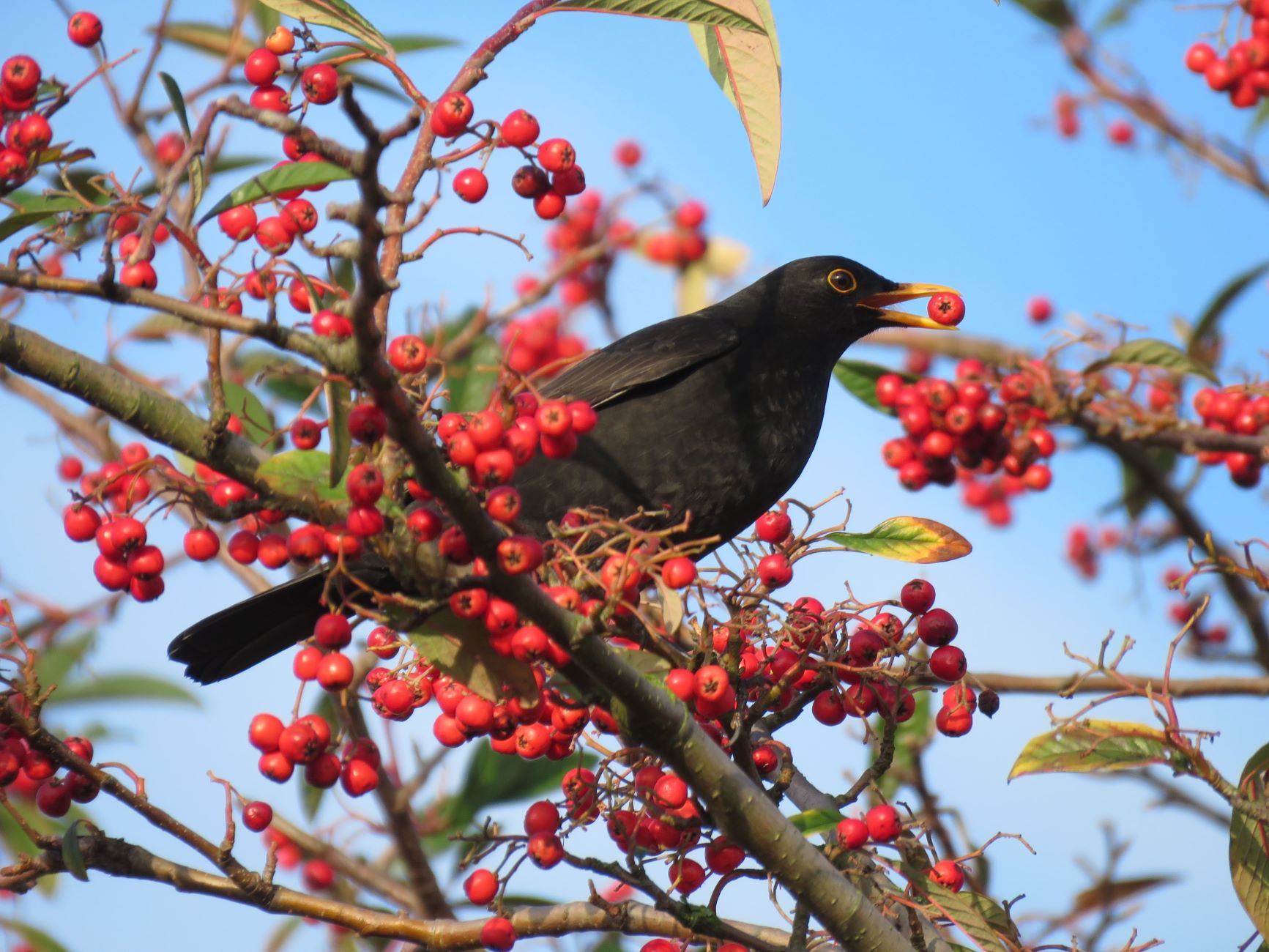
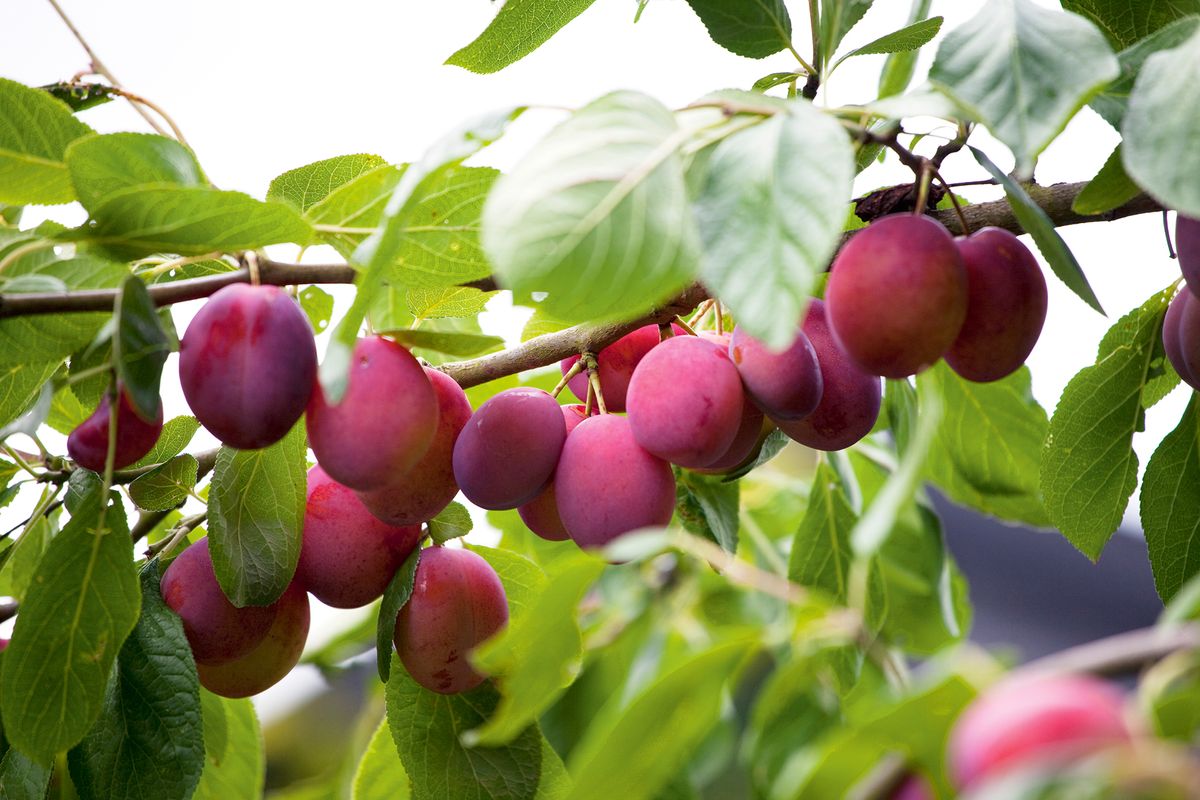
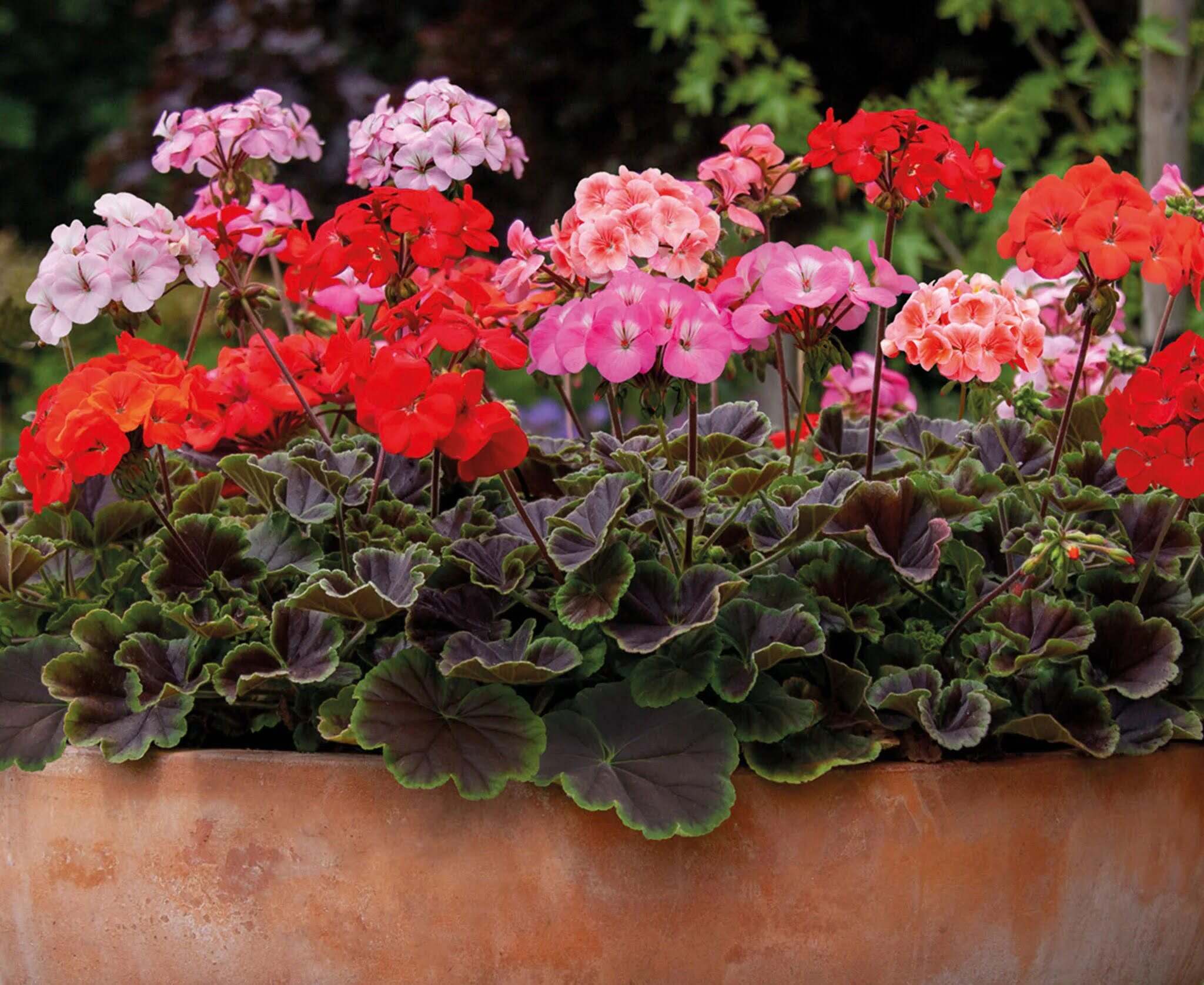
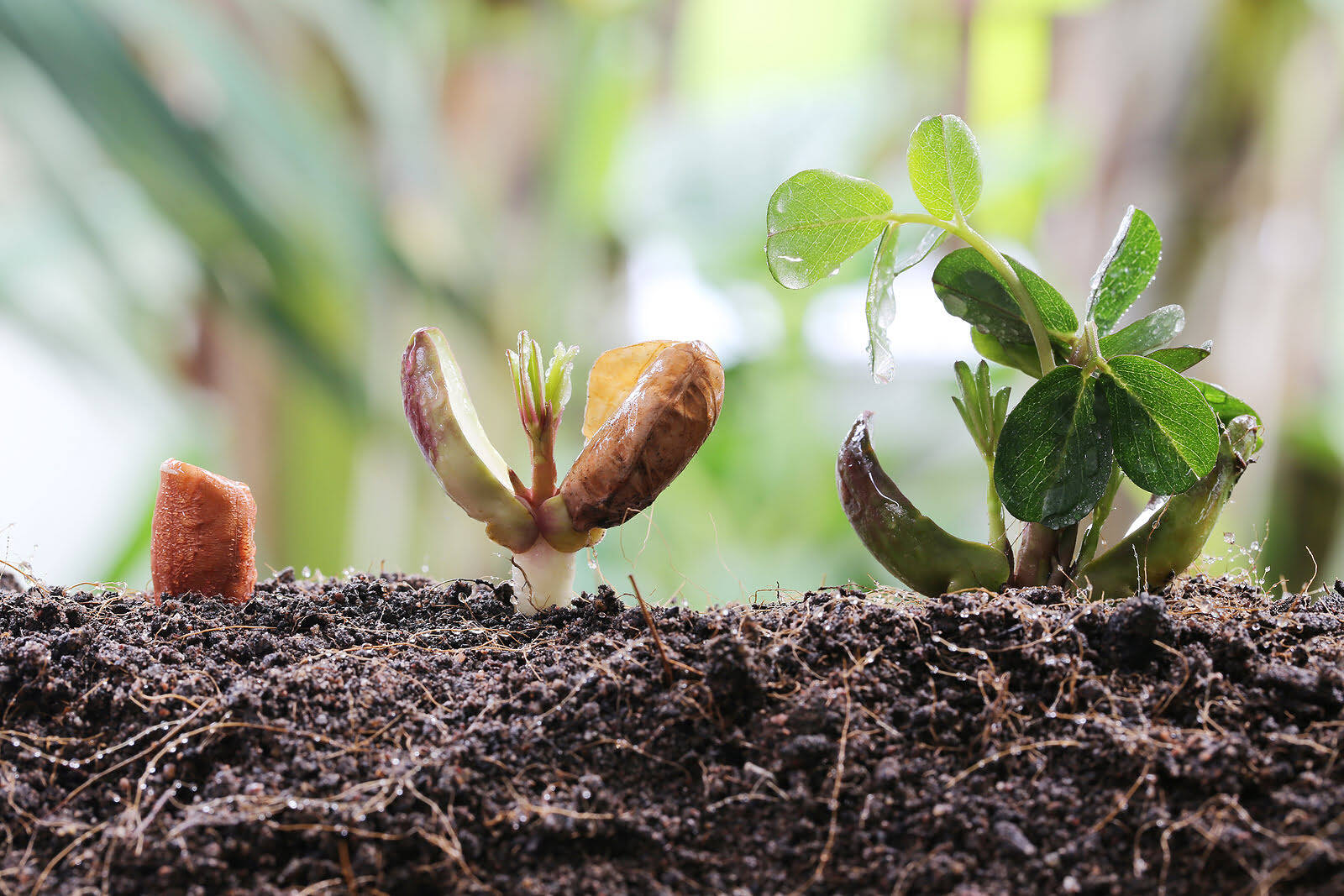
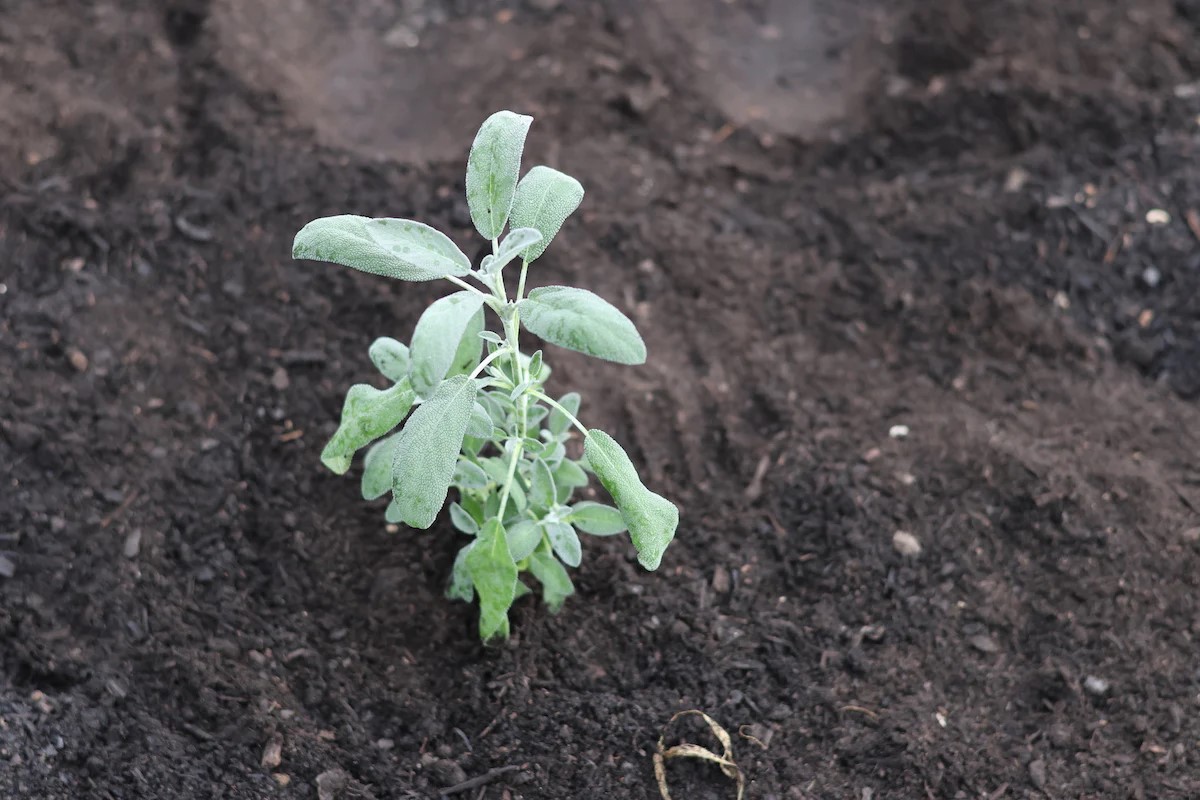
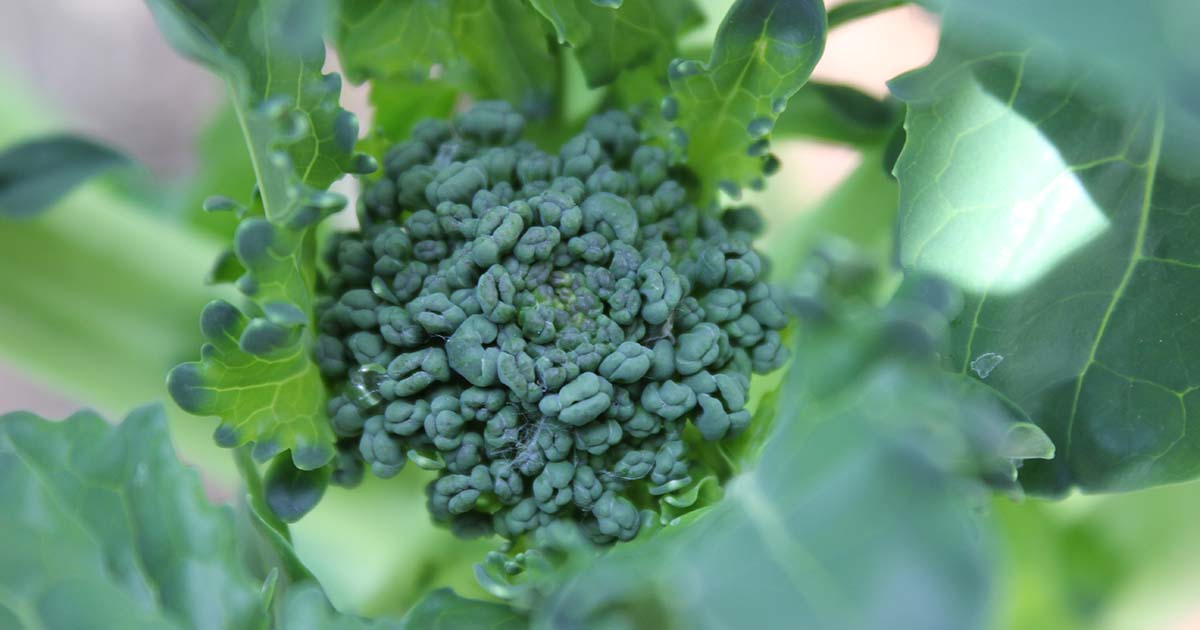
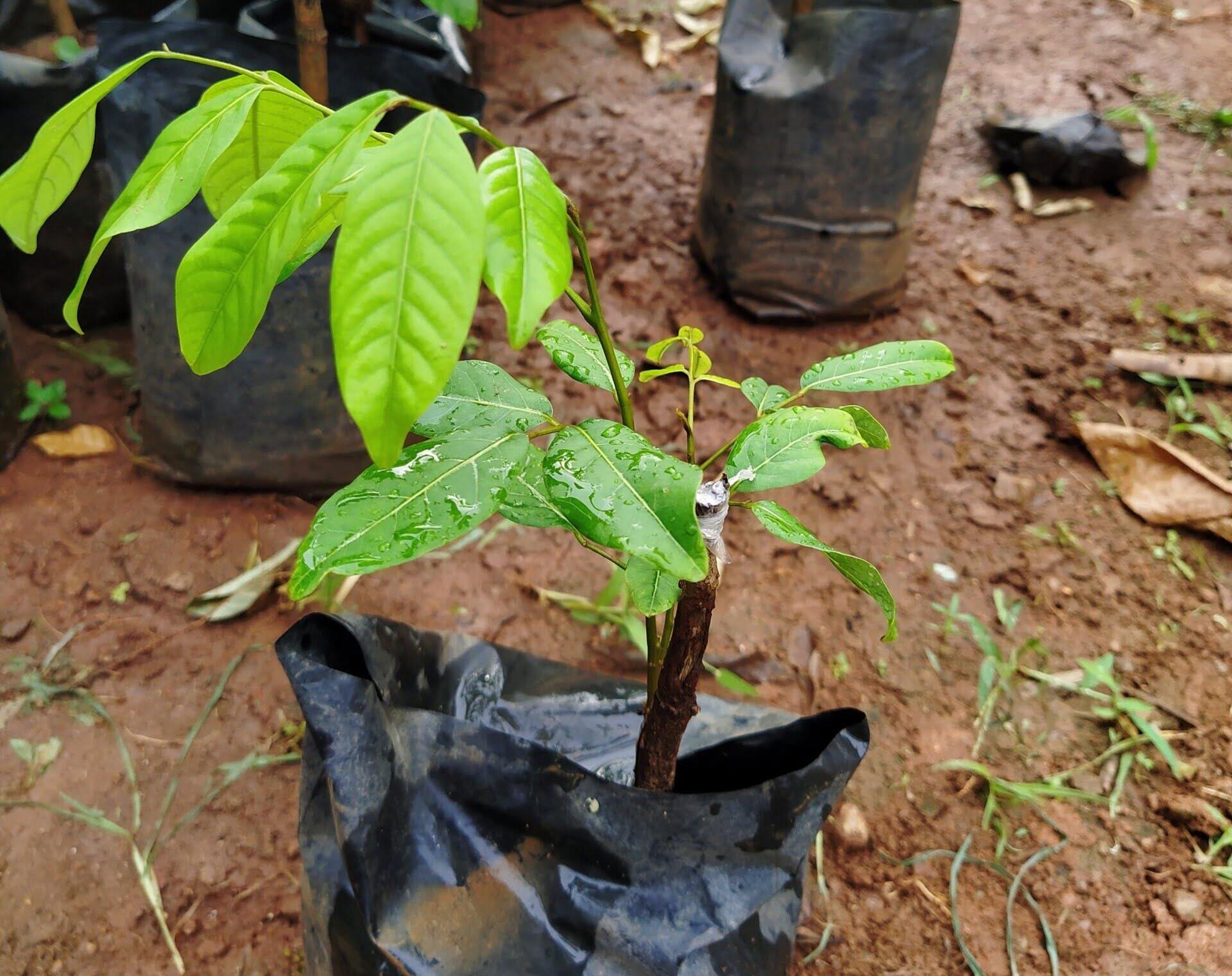
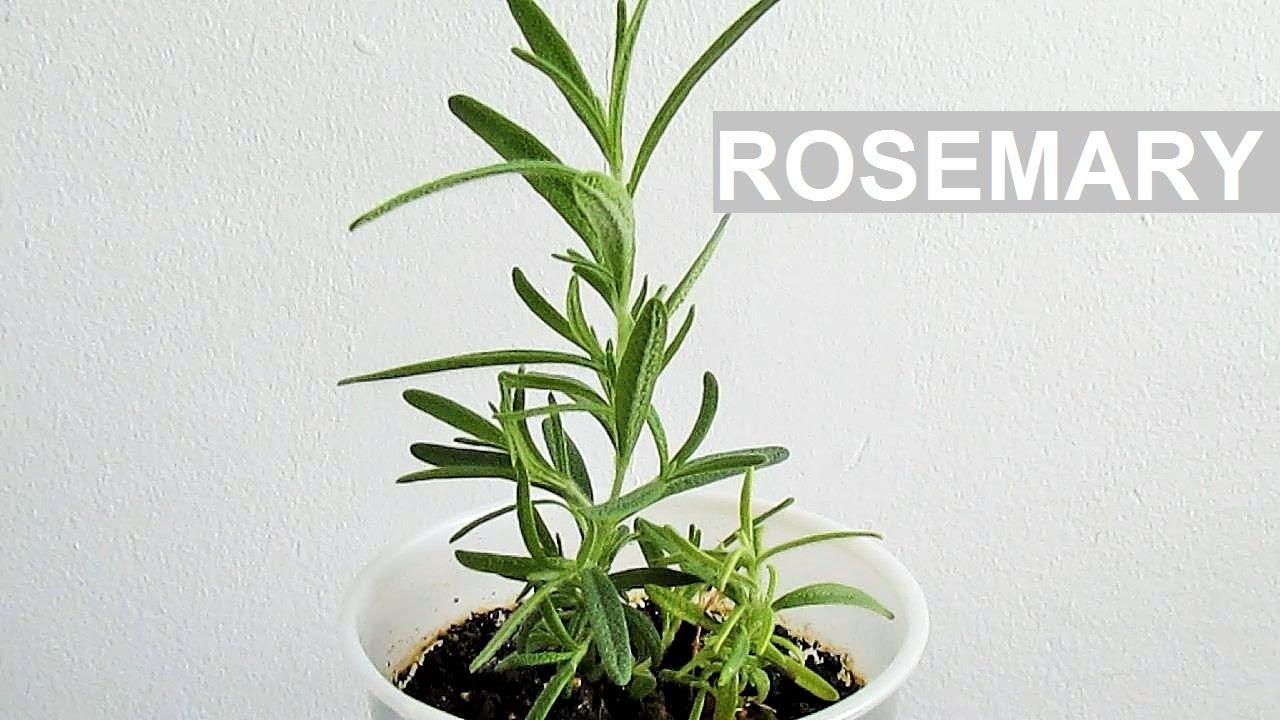
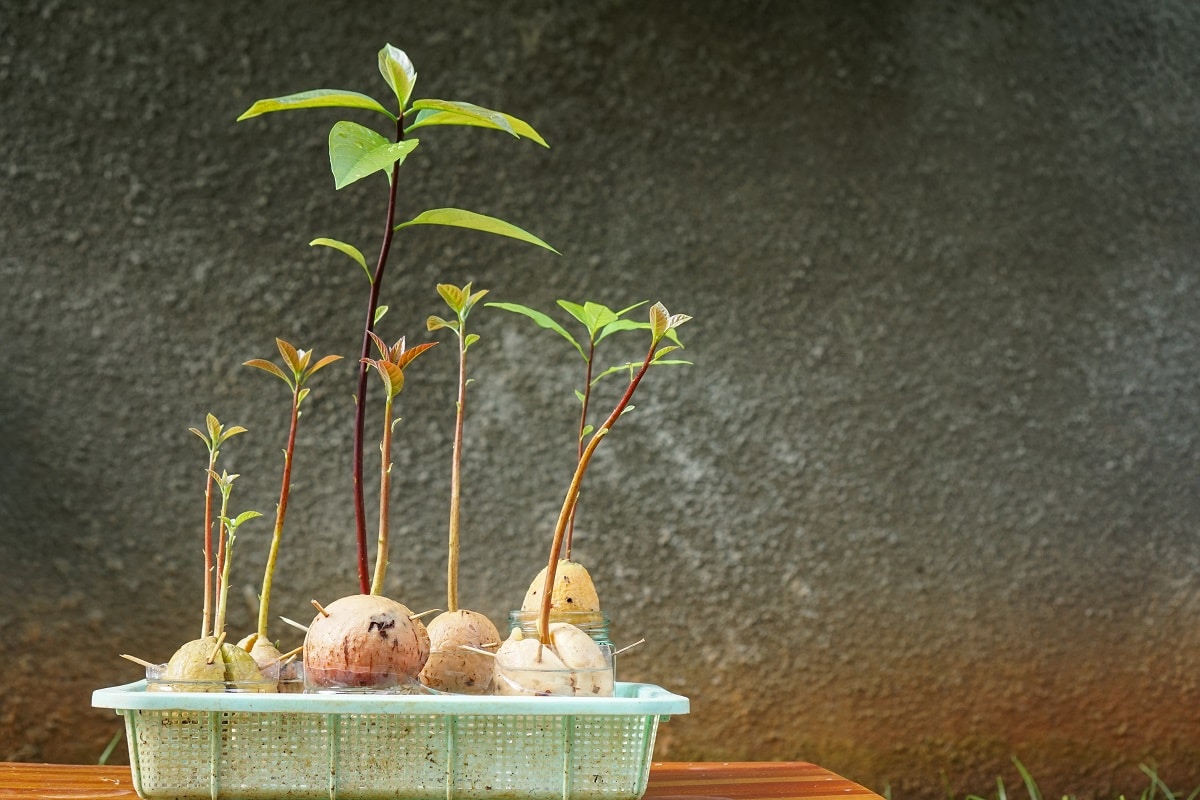
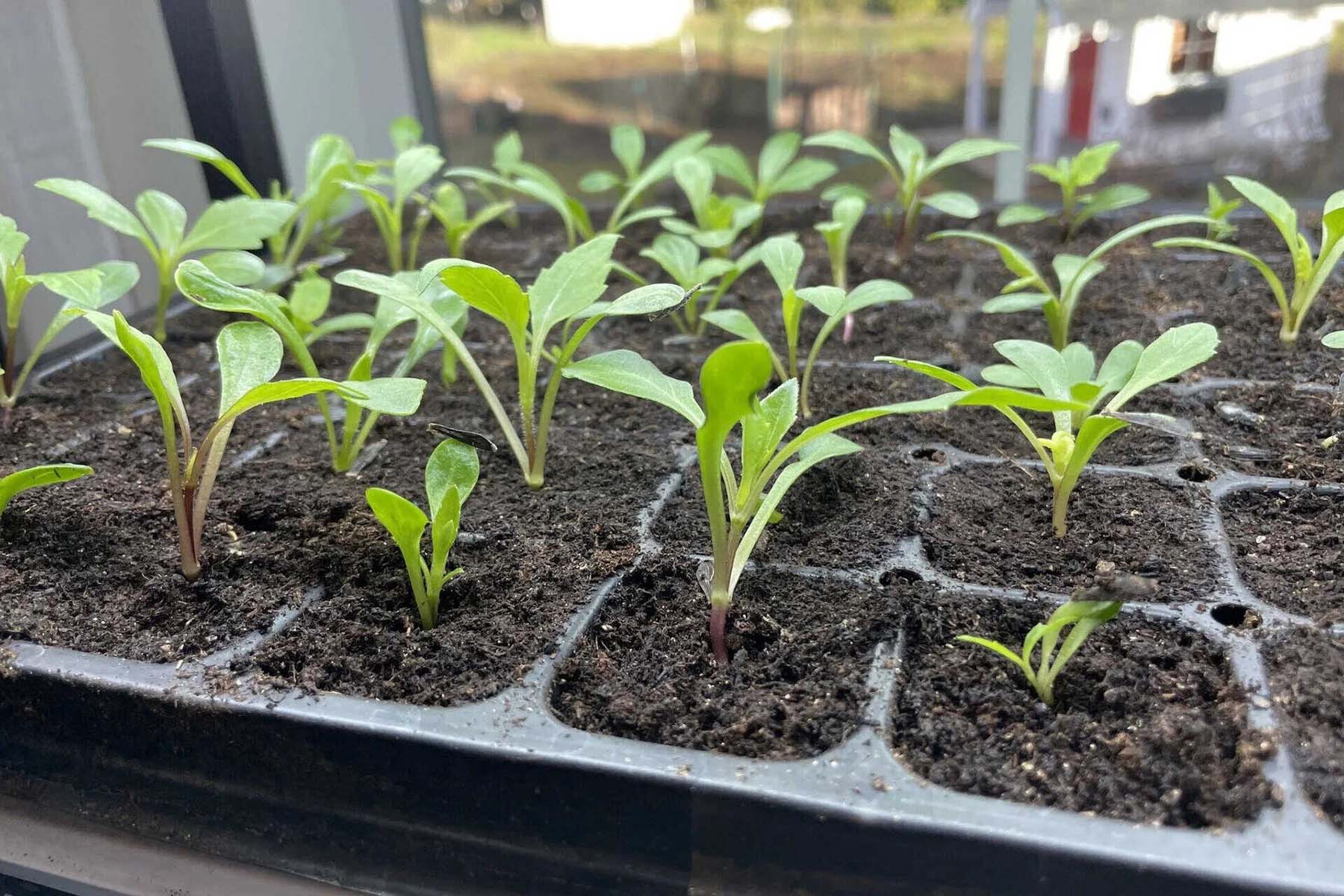
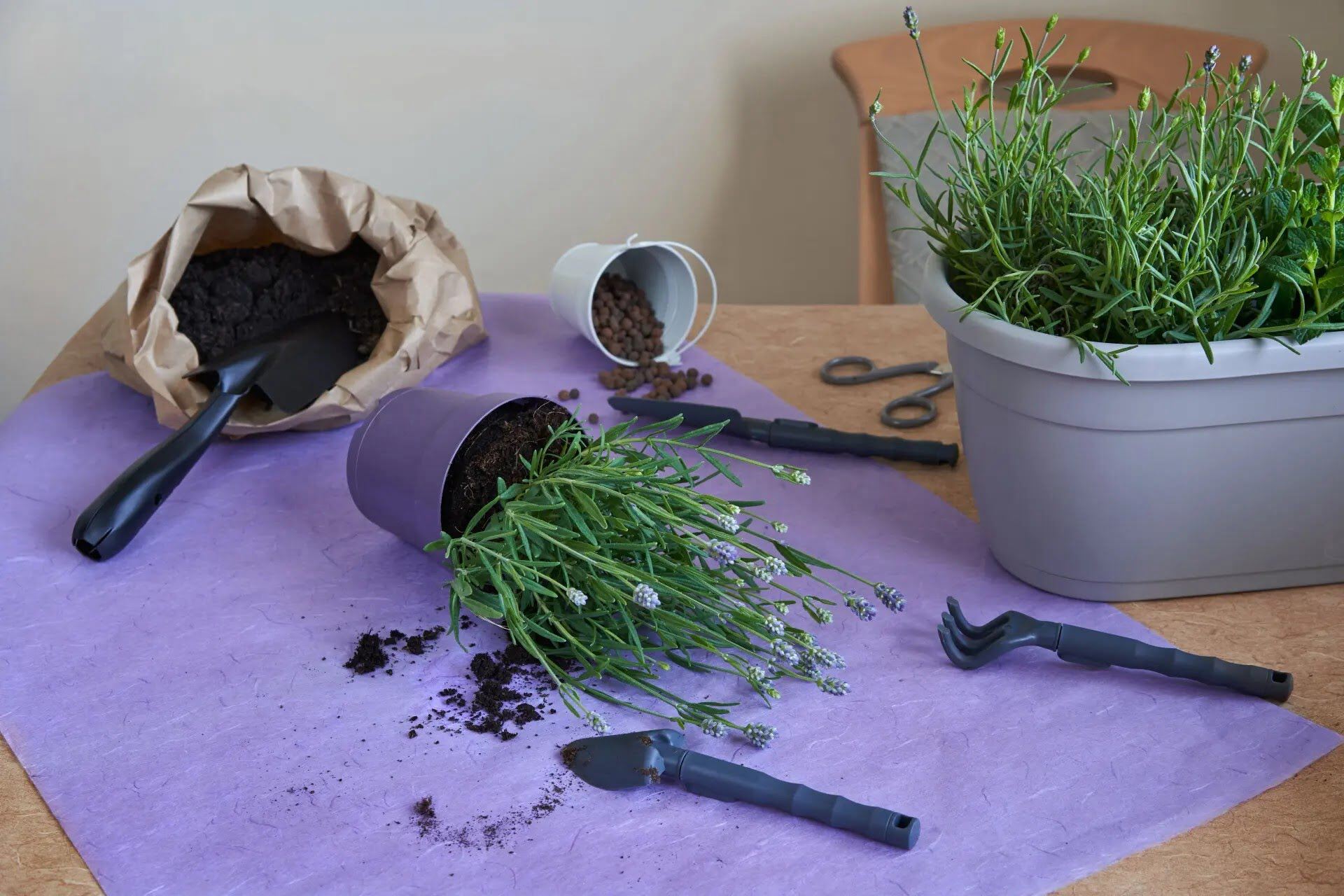
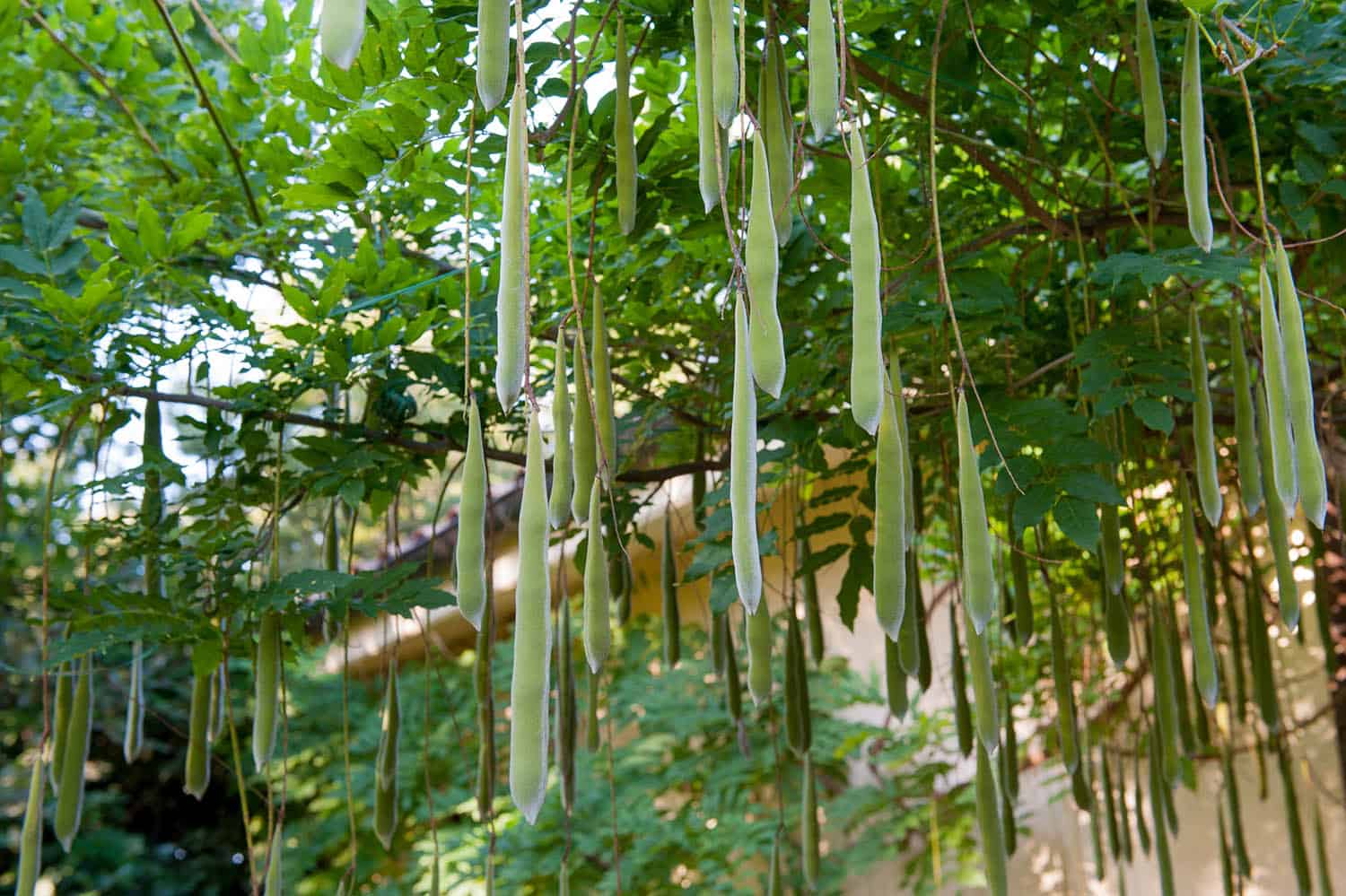
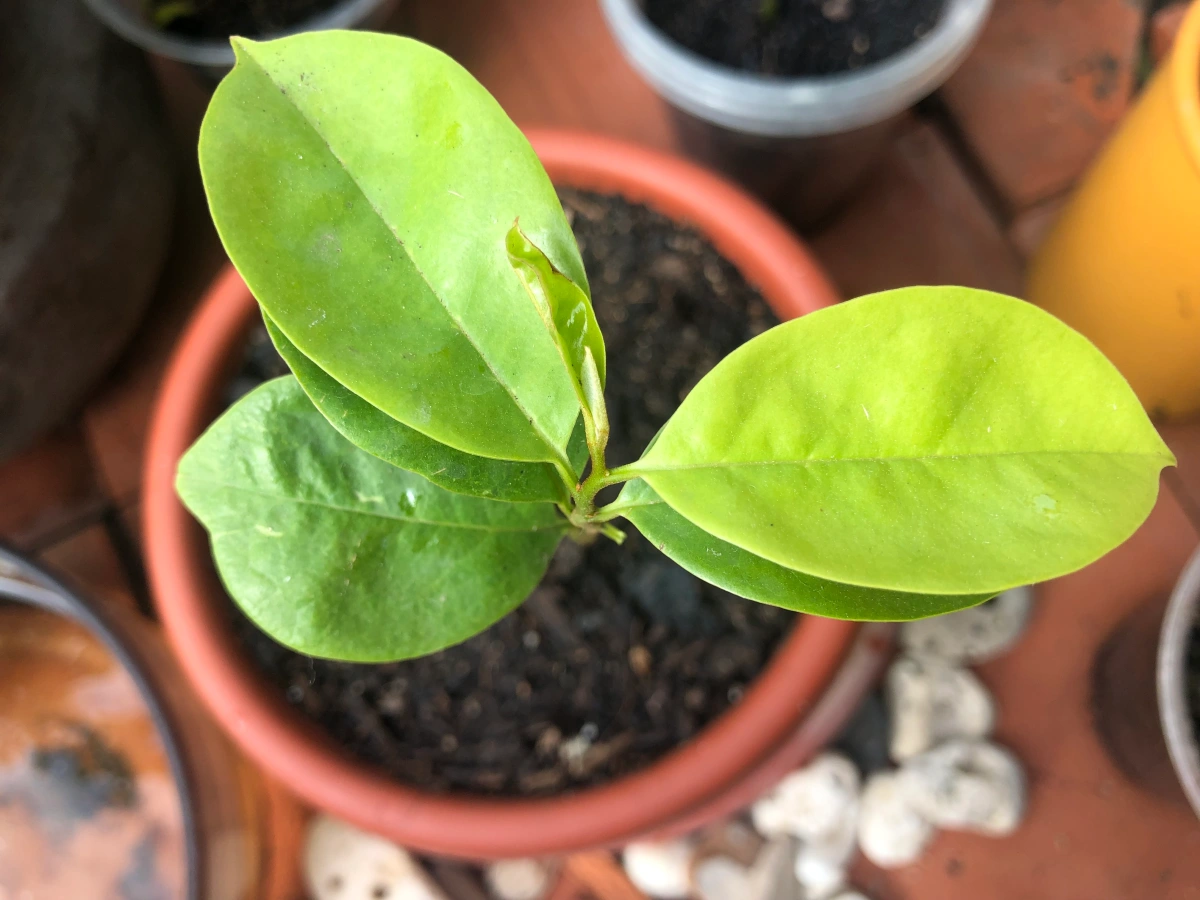
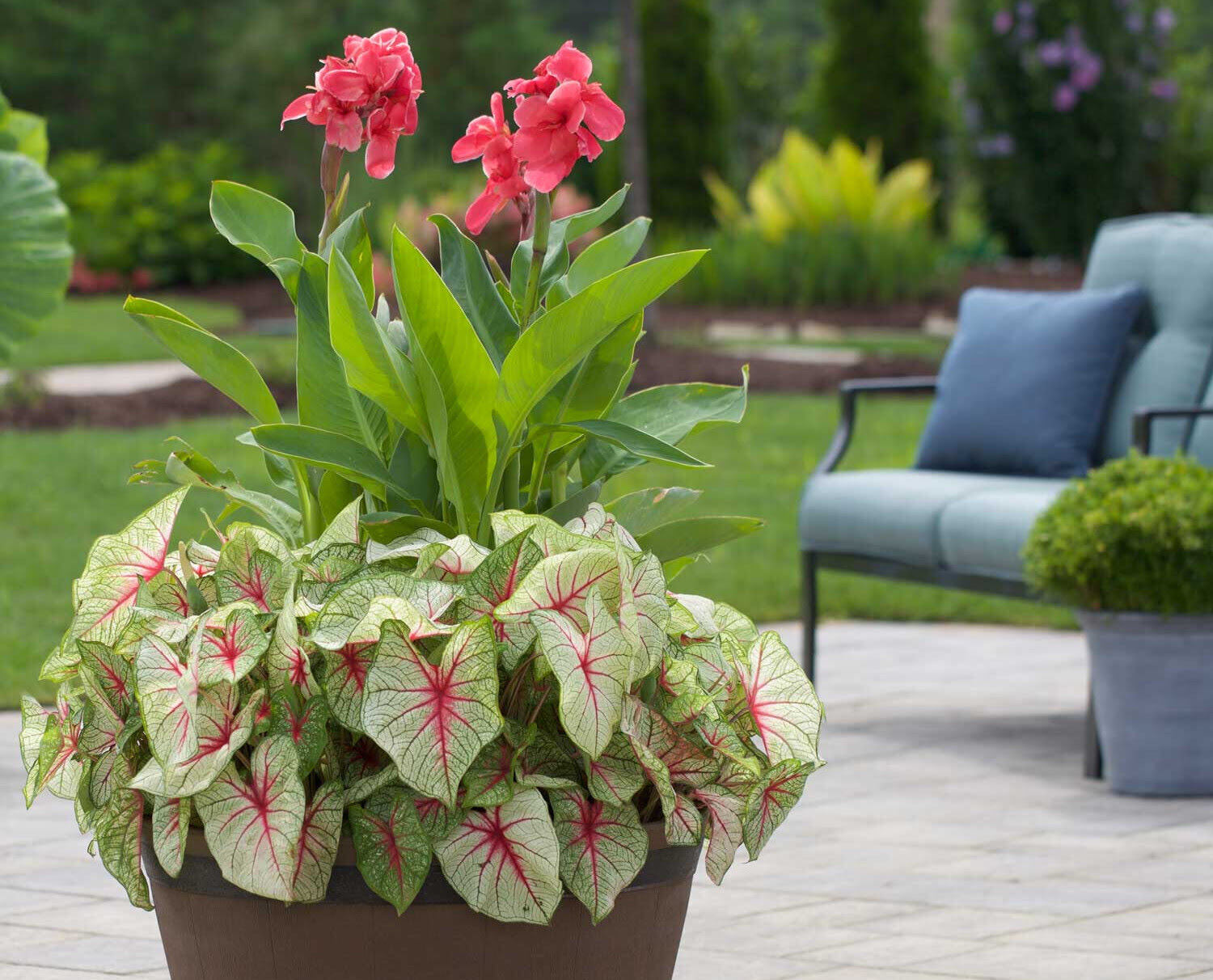

0 thoughts on “How To Grow Goji Berries From Seed”